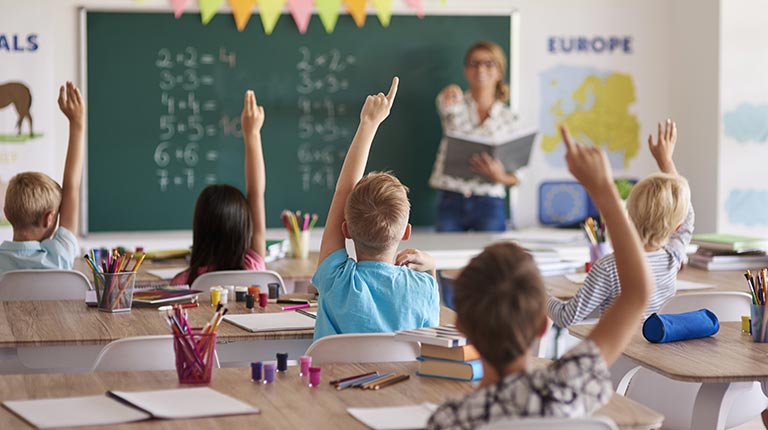Class Sizes: Why Smaller Might Be Better in Education
When searching for a school to enroll your kids in, parents often ask about the environment, with student attitudes, facilities, and faculty all coming into play when determining what educational space can best equip their youth for the future. When looking at potential classes, though, it may be wise to look at their sizes – not just in terms of the room itself, but with how many students there are per class.
-
Better one-on-one teaching
Smaller class sizes allow for better individual attention for each student, allowing more interaction and engagement that not only builds interest for students but also helps increase general academic performance. Some middle schools in Salt Lake City are making use of this set-up to encourage more on-task teaching for each student with their teachers.
This can be attributed to having a better spread of attention from the teacher and more time to engage with each student’s queries. It benefits both high achievers and low attainers. It helps the former to hone their learnings further and excel while it guides the latter to improvement and a better understanding of lessons.
In a study conducted by the University of London, the bigger the classroom is, especially in secondary education, the less likely instructors are going to seek out single students as opposed to addressing the class generally.

-
Easier social adjustment
It’s been proven by data that smaller groups are better for communication. It allows for unified decisions to be reached sooner and that members of the group can build comfort more easily. When putting kids in a school environment, it may be easier for their adjustment if they can enter a more collaborative environment that is less prone to splintering into smaller segmented sections.
A World of Labor study found that positive social interactions within the classroom can affect the academic attainment of all students in the class. As a smaller space makes way for more voices to be heard, a solid mix of students can proactively help each other out and achieve tasks cohesively.
-
Course flexibility
A lot of the limitations that teachers face when conducting lessons are time and matching a curriculum with resources given to them. Often, there isn’t enough equipment, space, or time to cater to all students and allow instructors to implement activities that can make the educational experience more immersive and hands-on.
With a smaller class, this lends more flexibility to how much they can fit into the course and what methods they wish to explore to make lessons more interactive. Data from numerous studies has allowed researches to conclude that hands-on learning engages both sides of the brain. They also say that it is a more effective method of helping students learn complicated concepts and retain the information that they are receiving.
While other factors affect the overall ability of a child to perform academically, like home life, resources, and learning abilities, making use of the benefits of a smaller class can provide them that extra support to reach for their goals and get a good education.
